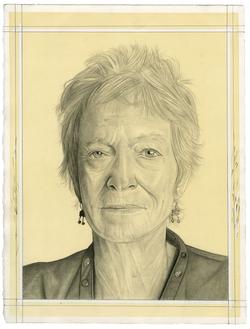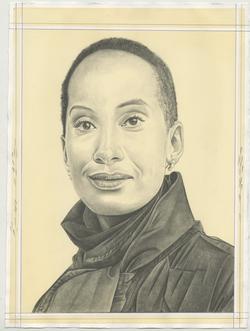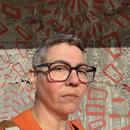The New Social Environment#104
Joan Jonas with Daisy Desrosiers
1 p.m. Eastern / 10 a.m. Pacific
This event is produced by The Brooklyn Rail. Learn how you can donate ✨🌈
Performance artist, Joan Jonas will discuss recent and selected works with Rail guest critic, Daisy Desrosiers. We’ll conclude with a poetry reading from Stacy Szymaszek.
In this talk
Joan Jonas

Joan Jonas was born in New York in 1936. Between 1954 and 1958 she studied sculpture and art history at Mount Holyoke College in South Hadley, Massachusetts. After graduating with a BFA and traveling in Europe, she began studies in sculpture at the School of the Museum of Fine Arts, Boston, and at Columbia University, New York, where she received an MFA in 1964. Immersed in New York’s downtown art scene of the 1960s, Jonas studied with the choreographer Trisha Brown for two years and was influenced by the work of John Cage and Claes Oldenburg, particularly their interest in nonlinear structures.
Adopting the idea of art-as-process, Jonas turned from painting and sculpture to performance art, systematically yet intuitively exploring different aspects of how live events could be structured in time and space. Her early performances, called Mirror Pieces (1968–71), were held in large spaces and incorporated the use of large and small mirrors, either as a central motif or as props. (One of these works was re-created at the Solomon R. Guggenheim Museum in June 2010: Mirror Piece I: Reconfigured combined the original work’s concerns with time and site-specificity with an exploration of the role of memory and the document in reperformance.) Beginning in the early 1970s, Jonas’s works became increasingly symbolic, gamelike, and ritualistic. In Organic Honey’s Visual Telepathy (1972), for example, Jonas took the role of Organic Honey, a part-real, part-mythical, and part-fantastical woman who explores the possibilities of female imagery and eroticism, repeatedly scanning her own image in a video monitor connected to a live camera. Later that year she began producing single-channel videos, such as Vertical Roll (1972), in which she used performance, static, and repetition to investigate the inherent formal qualities of video. By the early 1980s Jonas had begun to create complex, nonlinear narratives premised on literary and historical texts, including science fiction (Double Lunar Dogs, 1984), medieval Icelandic sagas (Volcano Saga, 1989), and, more recently, the writings and biography of the art historian Aby Warburg (The Shape, the Scent, the Feel of Things, 2004). Her most recent work explores the relationship between new digital media and performance in multichannel video installations.
Daisy Desrosiers

The Rail has a tradition of ending our conversations with a poetry reading, and we’re fortunate to have Stacy Szymaszek reading.
Stacy Szymaszek

❤️ 🌈 We'd like to thank the The Terra Foundation for American Art for making these daily conversations possible, and for their support of our growing archive.